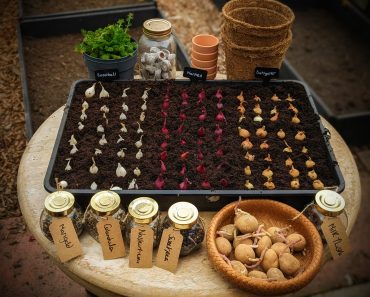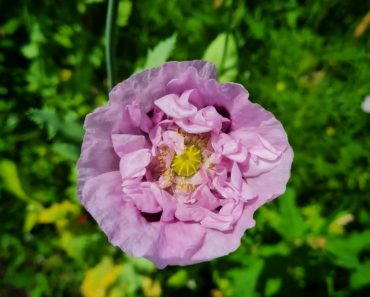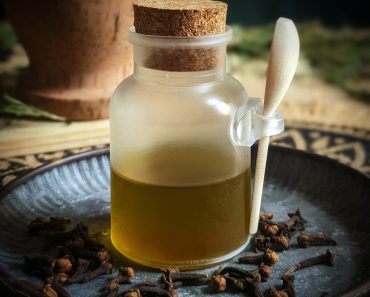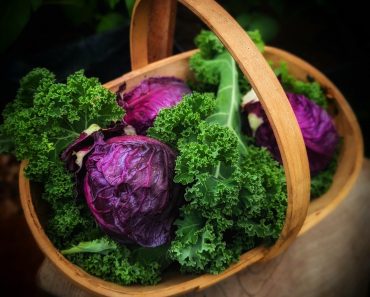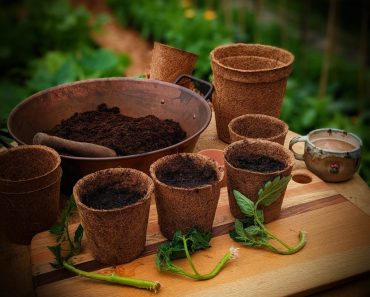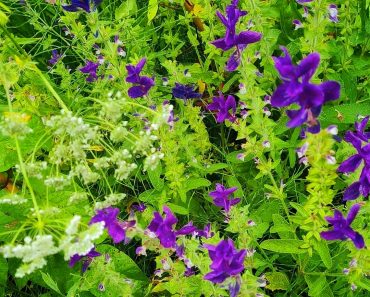The Spearmint Herb is a wonderful Perennial plant commonly used for flavouring Food and drink. It’s easy to grow and easy to care for, showing up year after year…a helpful herb that everyone should grow! Here’s why….
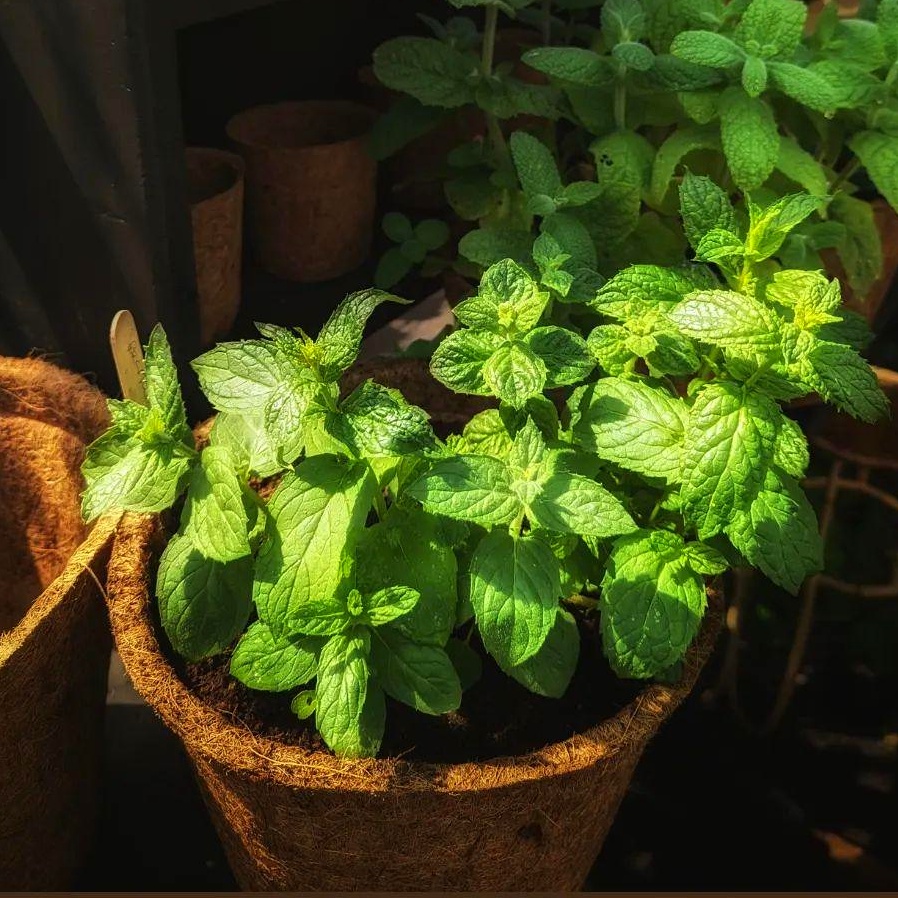
This post may contain Affiliate links please see my disclosure policy
First a little Spearmint History!
Spearmint (Menta spicata) also known as garden mint, common mint, lamb mint, Green Mint and Our lady Mint. Spearmint Originated in the Mediterranean and has been used for Millennia! There are even references to it in the Bible!
In Ancient Athens people would use the strongly scented herb to perfume their bodies, applying it mainly to their arms. The Greeks and Romans would Fashion Mint Crowns and dress the feast table with sprays of mint. The herb was so beloved, it played a huge part in their feasts, it was common practice in Roman and Greek culture to flavour meats, sauces and wine with the aromatic herb. In fact, we have the Romans to thank for bringing this wonderful herb to England.
In the Icelandic Pharmacopoeias of the thirteenth century, early examples of toothpaste was made with mint leaves and was used for the purpose of whitening the teeth. This tradition has carried on, to this day Modern Toothpaste is still flavoured with mint.
In 1440, John Gardiner published ‘Feate of Gardening‘ in it he mentions the mint plant and names it ‘myntys’. Feate of Gardening is possibly the earliest horticultural documented work in the English language and so can attest to the historical value of this unassuming herb.
In the sixteenth century, mint was used primarily as a medicinal herb. According to the world renowned English botanist, herbalist, physician and astrologer Nicholas Culpeper, it was ‘a very powerful stomachic’, often used to treat vomiting and to stop a women’s menses from occurring. He claimed the herb could also ‘repress the milk in women’s breasts; and for such as have swollen, flagging , or large, breasts,’
Spearmint Characteristics
Spearmint has attractive, fragrant, dark green oval leaves with serrated edges and a pointed tip. They grow to heights of around 60 cm-with an infinite spread. Spearmint will Spread rapidly if left to its own devices, to control this, it is best to keep Spearmint in Pots. You can keep the pot above ground or plant the pot in the soil, so it appears to be part of the bed.
The Benefits of Spearmint
Use to flavour food, drink and make a healing tea!
Spearmint Tea is very high in antioxidants and other beneficial plant compounds that help to balance hormones and blood sugar and digestive issues. Also useful for reducing stress and improving memory. Enjoy Spearmint tea hot in the cooler months or Cold during summer with loads of Ice!
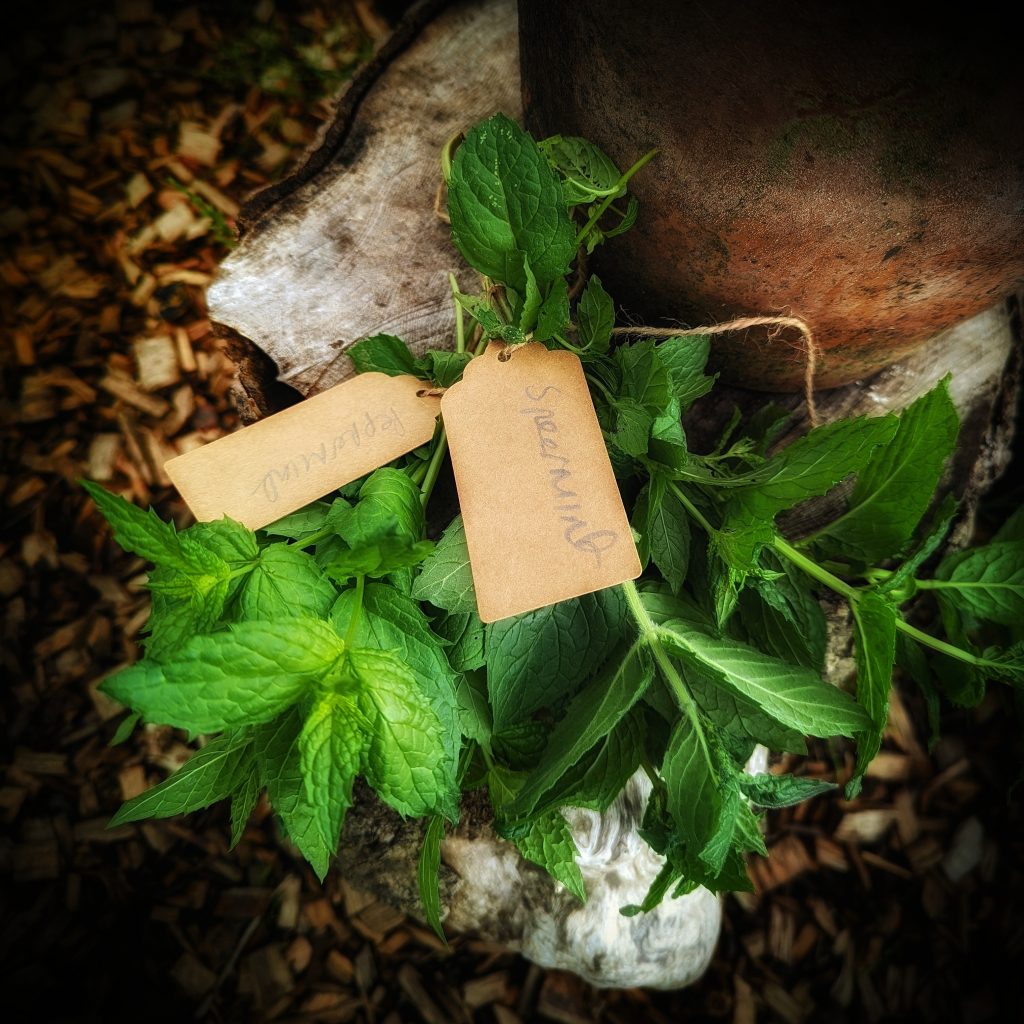
How To Make Spearmint Tea
Affiliate Links
Pick 4-5 Fresh Spearmint leaves. Place them in a tea ball or Tea pot and steep in hot water for 5 minutes. Then drink.
For cold Spearmint Tea, follow the instructions above, allow to cool and add ice and a slice of Orange or Lemon
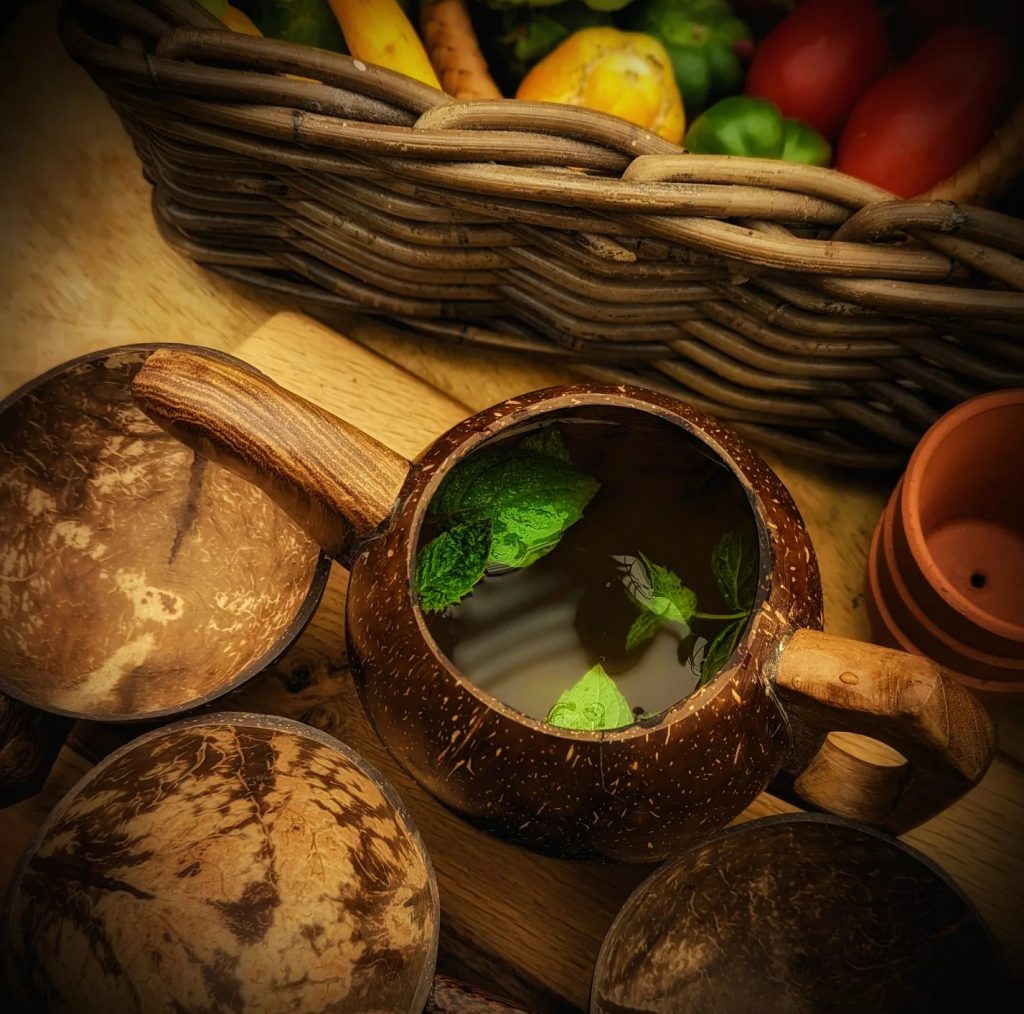
How To Grow Spearmint from Seed
Sow Indoors– April-May
- Sow Seeds in Modules, Pots or trays around 1/4 inch deep in damp compost
- Place on a Sunny Windowsill and Cover with a propagator lid or cling wrap until seedlings emerge
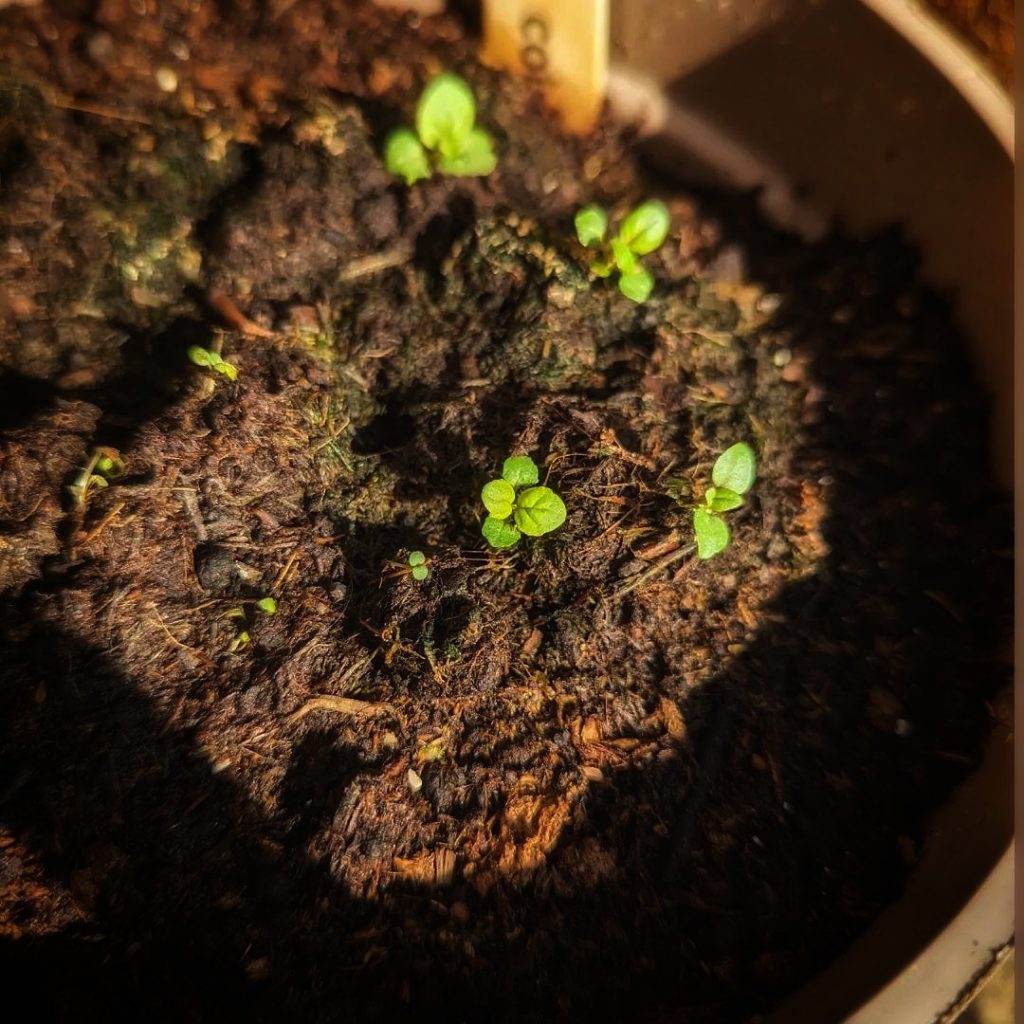
- Prick out and pot on into individual pots once large enough to handle
- Plant out once all risk of frost has passed, be sure to harden off indoor raised plants first
What Does Hardening Off Mean?
Plants raised indoors or in a greenhouse environment, need to be acclimatised to cooler temperatures and increased air movement for about two to three weeks before they are planted outdoors permanently. This is a ‘toughening up’ practice to prepare the plants for their new environment.
How to Harden Off
Place your plants out for a couple of hours in a shady part of the garden. The next day, leave them out again for two hours, but this time allow the plants an hour of direct sunshine in the morning. Gradually continue to increase the length of time the plants are in direct sunshine over the course of roughly two weeks.
Where to plant Spearmint
Remember Mint can be very invasive, so it’s always advisable to keep it contained. I always grow my Spearmint in a pot, sunk into the ground or above ground in a Sunny location.
Spearmint Water Requirements
Water young Spearmint regularly for the first few months until they develop new growth and become more established. More so during periods of drought.
When To Harvest Mint Leaves
Pick Mint leaves from Late spring right up to early Autumn before they die back over Winter and remerge in Spring. To keep your Spearmint Plant looking healthy and Tidy…harvest the leaves by pinching the stems just above the first or second set of leaves.
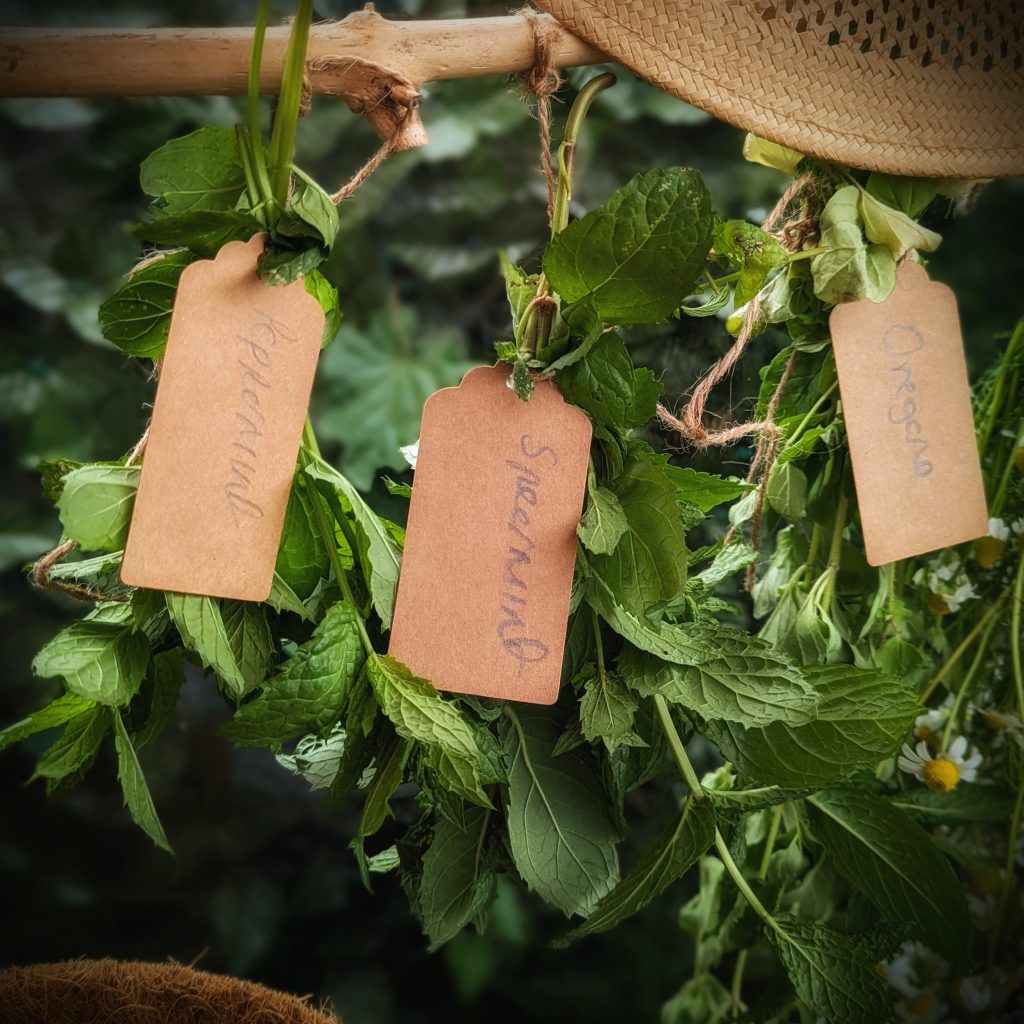
Good Companion Plants For Mint
- Carrots
- Tomatoes
- Aubergine
- Cabbage,
- Cauliflower
- Kale
- Peas and Beans.
- Marigolds
Bad Companion Plants For Mint
Mint is a strong and greedy plant! and if allowed, will pull nutrients away from other herbs if planted too close to them. This will cause the neighbouring plants to suffer and become nutrient deficient and eventually expire. I do not recommend planting mint with…
- Rosemary
- Chamomile
- Basil
- Lavender
- Sage
- Parsley
- Oregano
- Thyme
- Strawberry
Planting Different Types of Mint Together
Top Tip: It is best not to plant different types of Mint close to each other, they will lose their individual scent and flavour.
Growing A Herb Garden?
More Healing Teas
Looking For more ‘Homely’ Inspo ?
Have a Nosey Around the Blog! See what i’ve been Baking, Growing and Drinking! Also, pop over and say Hi on Instagram
*Any specific health claim or nutritional claims or information provided on the Website are for informational purposes only. Nothing on the Website is offered or intended to be a substitute for professional medical, health, or nutritional advice, diagnosis, or treatment. This Website is not intended to diagnose, treat, cure or prevent any disease. You assume full responsibility for consulting a qualified health professional regarding health conditions or concerns.

